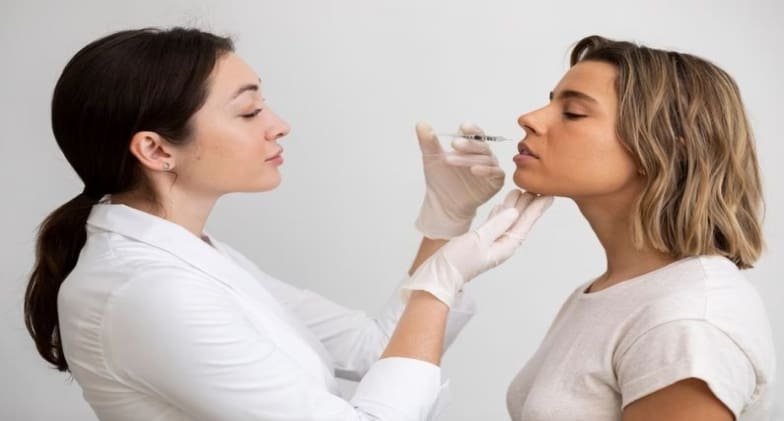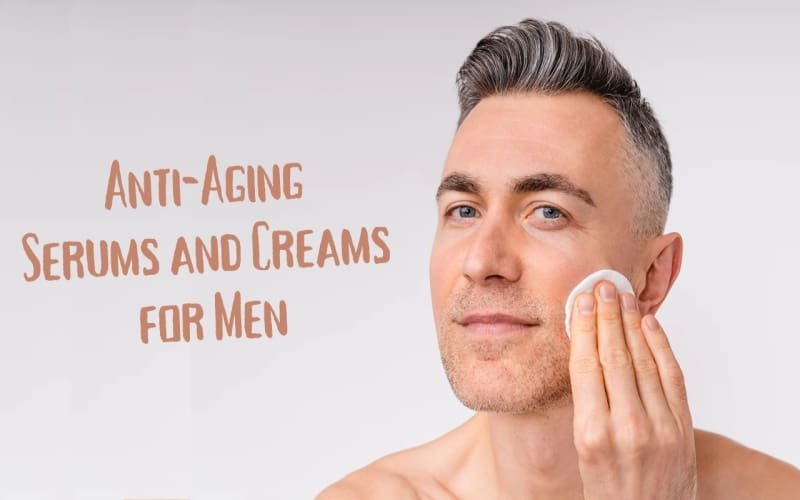The Latest Innovations in Teeth Whitening Techniques
The pursuit of a brighter smile has led to significant advancements in teeth whitening techniques. From high-tech in-office procedures to sophisticated at-home treatments, the field of cosmetic dentistry is continually evolving to offer more effective, efficient, and patient-friendly whitening solutions. For those interested in exploring these options with expert guidance, consulting an Augusta Road, SC dentist can be a great starting point. They can provide personalized recommendations and access to the latest teeth whitening technologies and procedures, ensuring you achieve the desired results safely and effectively.
Advanced In-Office Whitening Procedures
In-office teeth whitening has transformed with the advent of advanced technologies. These treatments typically involve professional-grade bleaching agents, which are significantly more potent than over-the-counter products. The process is often accelerated by the use of specialized lights or lasers, which activate the bleaching agents and expedite the whitening process. This method offers immediate and dramatic results, making it a preferred choice for those seeking significant whitening in a short period.
One of the latest trends in in-office whitening is LED light technology. This method uses specific wavelengths of light to activate the whitening agent, enhancing its effectiveness while reducing the risk of tooth sensitivity. LED whitening is recognized for its efficiency in breaking down stains and discoloration, offering a quick path to a brighter smile. Additionally, modern in-office whitening procedures can include:
- Customized Treatment Plans: Dentists often tailor the whitening process to individual needs, considering factors like the degree of staining and tooth sensitivity.
- Protective Measures: Special gels or rubber shields are used to protect gums and oral cavities from the effects of bleaching agents.
- Variable Concentration Levels: The concentration of bleaching agents can be adjusted, providing a balance between effectiveness and comfort.
- Follow-up Maintenance: Some dental offices offer take-home kits or follow-up sessions to maintain the whitening effect.
- Comprehensive Oral Assessment: Prior to whitening, a thorough examination is conducted to ensure suitability for the procedure and to identify any underlying issues.
- Immediate Feedback and Adjustment: Dentists can immediately respond to any discomfort or sensitivity during the procedure, adjusting the treatment as necessary.
- Integration with Other Dental Treatments: Whitening can be part of a broader cosmetic dental plan, which may include procedures like veneers or orthodontics.
The Rise of At-Home Whitening Kits
At-home teeth whitening has seen remarkable innovations, providing consumers with more effective and convenient options. The market now offers a variety of products, including advanced whitening strips, gels, and custom-fitted trays. These products are designed to be used over a period, gradually improving the whiteness of the teeth.
Custom-fitted whitening trays, created from impressions of the patient’s teeth, allow for a more precise application of the whitening agent, ensuring even coverage and reduced irritation to the gums. Some at-home kits also incorporate LED lights, similar to in-office procedures, to enhance the effectiveness of the treatment.
Whitening Toothpastes and Rinses: Daily Whitening Solutions
Alongside traditional whitening methods, there has been a surge in daily whitening products like toothpastes and mouth rinses. These products contain mild abrasives and whitening agents, offering a gradual improvement in tooth color. They are particularly appealing for maintaining the results of professional whitening treatments or for those seeking a subtle enhancement.
Natural and Alternative Whitening Methods
Interest in natural and alternative teeth whitening methods has also grown. These methods include the use of substances like activated charcoal, coconut oil, and baking soda. While not as immediately impactful as professional treatments, these natural alternatives appeal to those seeking a more holistic approach to teeth whitening.
Navigating the Complexities of Teeth Whitening
Sensitivity Concerns and Solutions in Teeth Whitening
One of the main concerns with teeth whitening is tooth sensitivity. Innovations in whitening treatments have focused on minimizing this discomfort. Products with lower concentrations of bleaching agents and the incorporation of desensitizing ingredients like potassium nitrate have made whitening more comfortable for sensitive teeth.
The Impact of Lifestyle and Diet on Teeth Whitening
Lifestyle choices and dietary habits play a significant role in the effectiveness and longevity of teeth whitening treatments. Consuming staining foods and beverages, smoking, and poor oral hygiene can diminish the results. Educating patients on maintaining their whitened teeth through lifestyle modifications is an essential part of post-whitening care.
Professional vs. Over-the-Counter Whitening Products
The difference in results between professional treatments and over-the-counter products is another key area of focus. Professional treatments generally offer more dramatic and long-lasting results due to higher concentrations of whitening agents. Over-the-counter products, while more accessible and affordable, may require more prolonged use for noticeable results. For a comprehensive understanding of these options and to explore professional teeth whitening at Augusta Road, SC, check this page. It offers detailed insights into the benefits and procedures of professional teeth whitening services available in Augusta Road, SC, helping you make an informed decision about the best approach for your smile.
Future Trends in Teeth Whitening
Emerging trends in teeth whitening include more personalized treatments, such as those based on genetic testing to determine the most effective whitening approach for each individual. Additionally, there is ongoing research into new whitening agents that promise better results with less sensitivity.
Conclusion
Teeth whitening has evolved significantly, offering a range of options to suit different needs and preferences. From high-tech in-office treatments to convenient at-home kits and natural alternatives, there is a solution for everyone looking to brighten their smile. Understanding the latest trends, technologies, and methods in teeth whitening can help patients make informed decisions and achieve the best possible results.
Key Takeaways
- Innovations in Professional and At-Home Whitening: Advanced technologies like LED light activation have improved the effectiveness and comfort of both in-office and at-home whitening treatments.
- Managing Sensitivity: New formulations are designed to minimize sensitivity, making teeth whitening more accessible for people with sensitive teeth.
- Lifestyle Considerations: Dietary and lifestyle habits significantly impact the effectiveness and longevity of whitening results.
- Balancing Professional and Over-the-Counter Options: Professional treatments offer more immediate and long-lasting results, while over-the-counter products provide a more gradual and accessible approach.
- Emerging Trends: Personalization and research into new whitening agents are shaping the future of teeth whitening.










